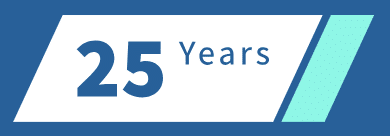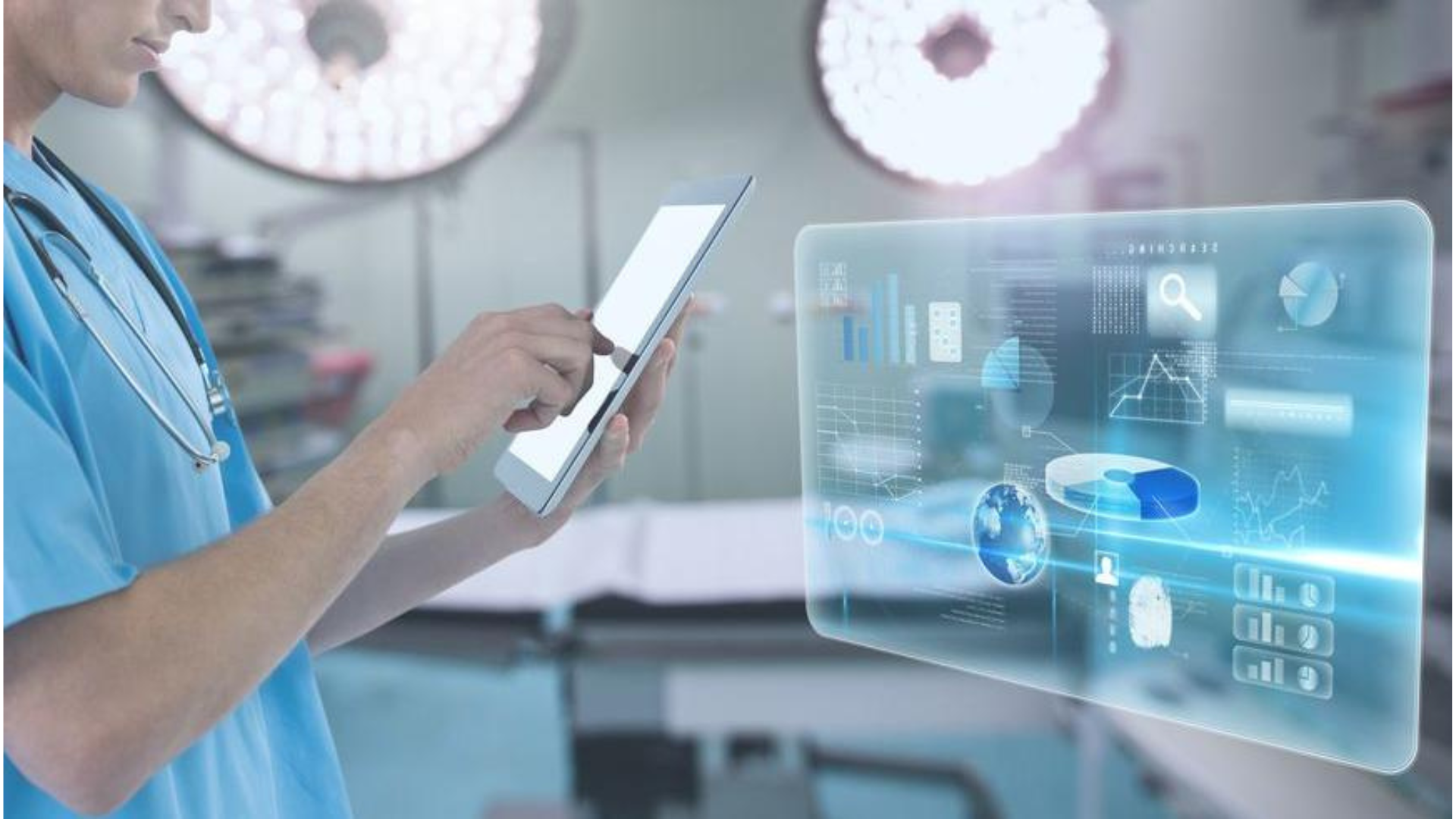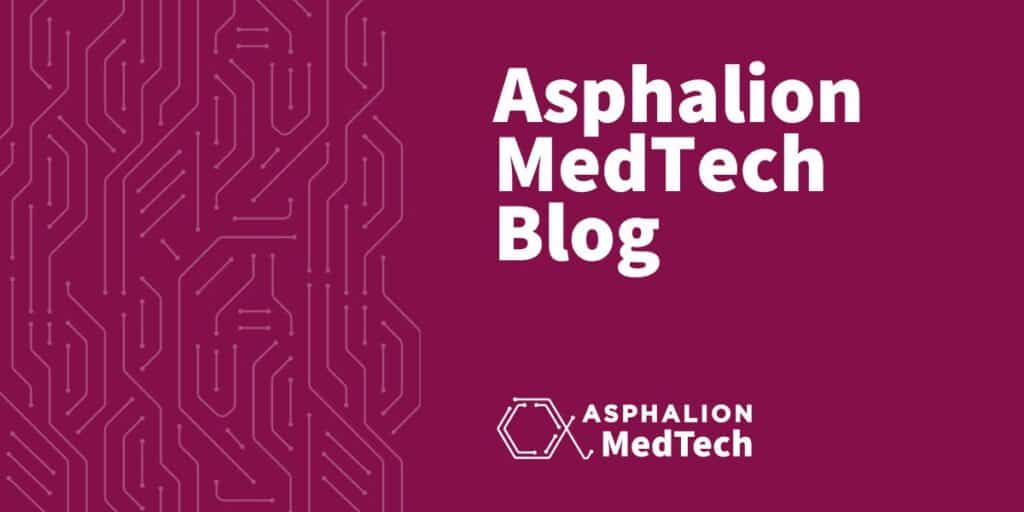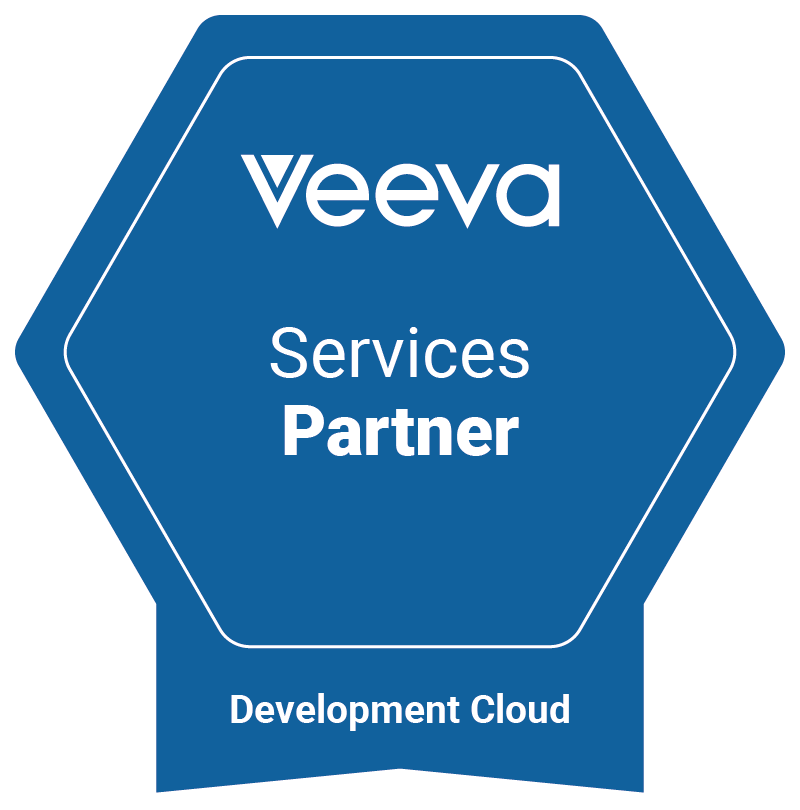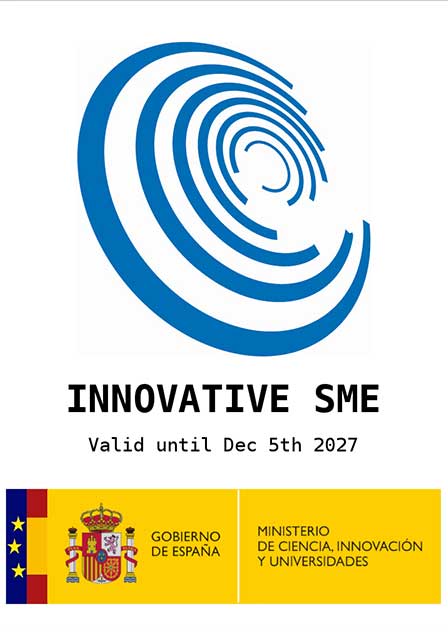Introduction
The medical device industry is experiencing a swift evolution, primarily fueled by the growing incorporation of software into medical devices. Software as a Medical Device (SaMD), also known as Medical Device Software (MDSW), refers to software designed for one or more medical functions, operating independently without being integrated into a physical medical device. This category comprises various technologies such as mobile health (mHealth) applications, software powered by artificial intelligence (AI), and programs that control, manage, analyze, or interpret medical data.
SaMD introduces unique regulatory considerations and challenges compared to traditional hardware-based medical devices. Software’s inherent characteristics, such as its flexibility, adaptability, and potential for remote deployment, raise concerns about its safety, effectiveness, and reliability. Furthermore, the rapid pace of technological advancements in software development often surpasses the pace of traditional regulatory processes, creating difficulties for regulatory professionals and bodies to stay in sync with the constantly changing environment.
Regulatory Considerations for SaMD
The regulatory framework for SaMD differs from one jurisdiction to another, but there are common principles that apply globally. The International Medical Device Regulators Forum (IMDRF) has developed a framework for the regulation of SaMD, which is adopted by many regulatory bodies. The framework emphasizes the need for a risk-based approach to regulation, tailoring the regulatory requirements to the specific risks associated with the SaMD.
Primary regulatory factors to consider for SaMD encompass:
- Software Development Lifecycle: Implementing a robust software development lifecycle (SDLC) that adheres to recognized standards, such as IEC 62304, is crucial for ensuring the quality and safety of SaMD.
- Risk Management: Identifying, assessing, and mitigating potential risks associated with SaMD throughout the development and post-market phases is essential.
- Clinical Evaluation: Conducting appropriate clinical trials or studies to demonstrate the safety, performance, and effectiveness of SaMD is often required.
- Post-Market Surveillance: Establishing a comprehensive post-market surveillance system to monitor the performance of SaMD and identify any adverse events is critical for patient safety.
Unique Regulatory Challenges for SaMD
Several unique challenges arise in regulating SaMD:
- Rapid Technological Advancement: The rapid pace of development of software technologies surpasses the slower regulatory processes, creating a gap between innovation and regulation.
- Software Flexibility and Adaptability: Software’s ability to be modified and updated over time raises concerns about maintaining consistency in the regulatory assessment and ensuring the safety of updated versions.
- Remote Deployment and Accessibility: SaMD’s potential for remote deployment and accessibility through mobile devices and the internet presents challenges in ensuring user security and data privacy. SaMD often involves handling sensitive patient data, necessitating stringent data protection measures.
- AI-Powered SaMD: AI-powered SaMD introduces additional complexities due to the inherent characteristics of AI algorithms, such as their potential for bias and lack of transparency.
- Clinical Validation and Effectiveness: Demonstrating the clinical efficacy of SaMD is challenging due to the dynamic nature of software and its reliance on diverse data sets.
- Global Regulatory Landscape: Diverse regulatory standards across different countries complicate the global deployment of SaMD solutions.
Addressing Regulatory Challenges
To effectively regulate SaMD, regulators and industry stakeholders should collaborate on various strategies:
- Harmonization of Regulatory Requirements: Harmonizing regulatory requirements across jurisdictions can reduce the burden on manufacturers and facilitate global market access.
- Agile Regulatory Frameworks: Developing agile regulatory frameworks that can adapt to the rapid pace of technological advancements is crucial.
- Risk-Based Approach to Regulation: Tailoring regulatory requirements to the specific risks associated with SaMD ensures a proportionate level of oversight.
- Collaboration with Industry: Fostering collaboration between regulators and industry stakeholders can facilitate the development of innovative solutions to regulatory challenges.
- Education and Training: Providing adequate education and training to regulators and industry professionals on SaMD-specific regulatory requirements is essential.
Regulatory Frameworks and Guidelines
Globally, regulatory bodies like the FDA (US), EMA/Medical Device Coordination Groups (European Union), and others have established guidelines specific to SaMD. Key aspects include:
- Risk Categorization: Based on the potential impact on patient safety.
- Clinical Evaluation: Evidence of safety, performance, and effectiveness.
- Software Lifecycle Management: Ensuring software quality and reliability through its lifecycle.
- Post-market Surveillance: Continuous monitoring for adverse events and software updates.
The Future of SaMD Regulation
The regulation of SaMD is an evolving field, and regulators are continuously adapting their approaches to address the unique challenges posed by software-based medical devices. As SaMD continues to play an increasingly significant role in healthcare, it is crucial for regulators, industry stakeholders, and healthcare providers to collaborate effectively to ensure the safety, effectiveness, and reliability of these technologies.
